About three centuries ago, a new woolen fabric accidentally appeared in Austria, from which today they sew various clothes, use in the manufacture of shoes, bags and accessories. Loden - what kind of fabric, where it is used and what are its advantages, thanks to which it is still popular, below in the article.
History of appearance
Loden - what is it? It is a natural woolen fabric, similar in appearance to broadcloth. It is made of tightly pressed fibers, due to which it has unique properties.
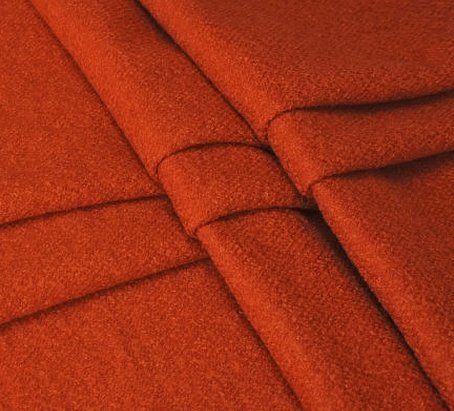
The name itself is translated from Italian as "boiled wool". According to legend, the fabric appeared in the Austrian Tyrol in the 18th century. At that time, local peasants were forbidden to wear expensive cloth; at that time, the fabric was intended for the nobility. Peasants could only afford cheap, low-quality cloth.
One day, one of the residents mistakenly washed his cloth clothes in too hot water: soaked them and forgot about it. In combination with homemade soap from ash and fat, this gave an unexpected result: the fabric shrank a lot, felted, became very dense and waterproof.
Important! It is easy to check the legend even at home.
In the 19th century, industrial production of the fabric began, and after some time it was appreciated in other countries, including Russia.
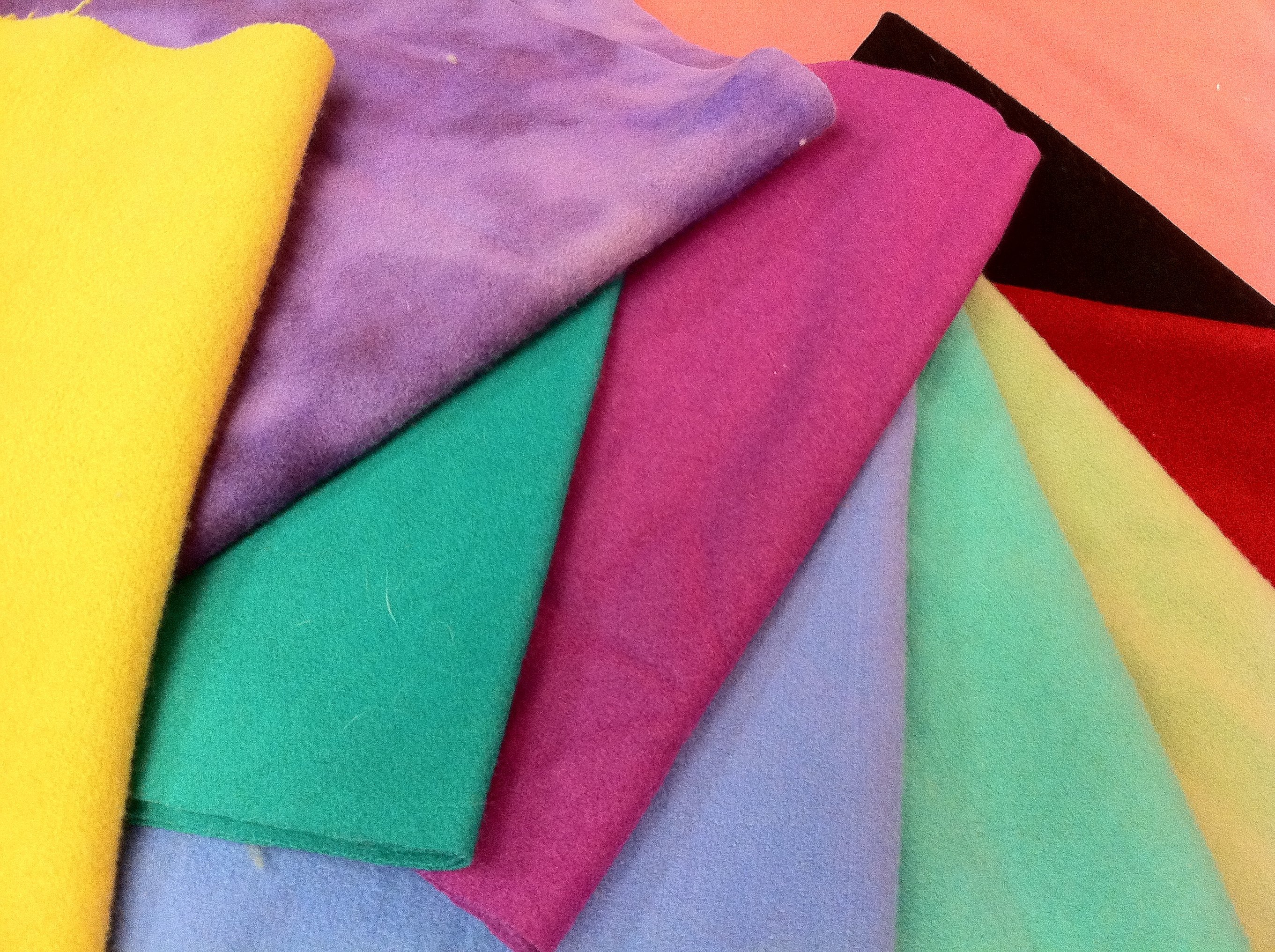
Raw materials and production
Loden fabric - what is it? Natural wool, mainly sheep wool, is used as raw material for it. Mohair is added to it to soften the fabric.

The production principle has not changed since the first loden was received:
- After shearing the sheep, the wool is washed and spun;
- the yarn is rolled into sheets and boiled until the material becomes dense and strong;
- then add dye to give the desired color and leave to dry;
- At the very end, the loden is combed: poorly felted pieces are removed and too long, protruding hairs are cut off.

Today, felted wool (fabric) is not always the only raw material. Viscose or polyamide is often added during production. This does not affect the appearance in any way, but the material becomes less demanding in care and almost does not shrink.
Main properties and characteristics
The popularity of loden fabric is fully justified. Its properties and characteristics are quite high, which makes the material somewhat unique:
- retains heat well, having low air permeability;
- repels dirt and dust;
- holds its shape well and wrinkles poorly;
- elastic, abrasion resistant, durable;
- the edges practically do not crumble and do not require special processing;
- gives a lot of shrinkage.
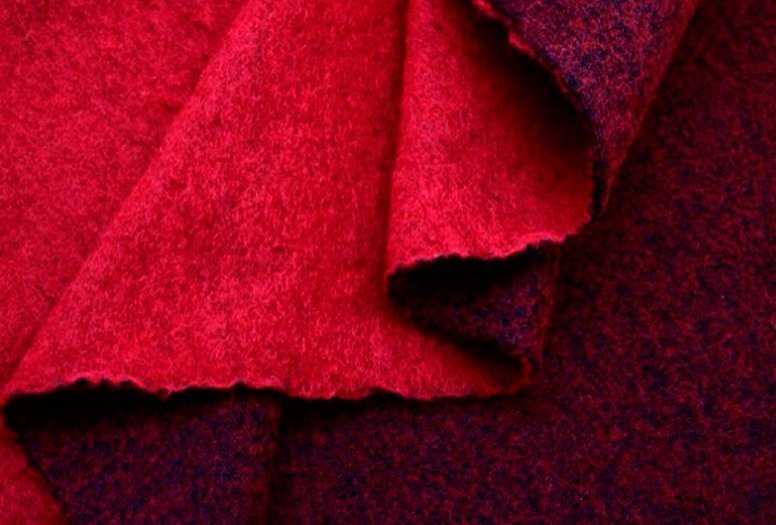
Types: felted loden and non-felted
Depending on its qualities, loden is divided into several types. According to the production method, the material is divided into:
- felted with impregnation;
- woven with subsequent felting;
- non-woven (made using a knitting machine) with felting;
- knitted with felting;
- felted with a knitted base;
- blended (50% polyester). Mainly used for technical purposes;
- not felted.
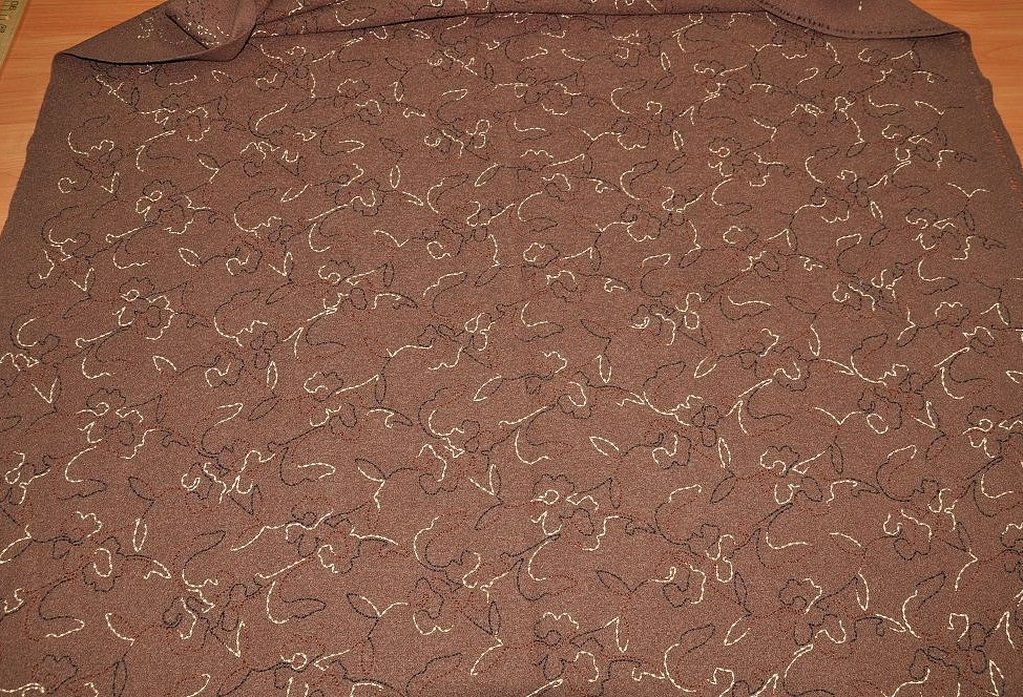
According to the type of pile, loden is divided into cloth (smooth pile) and pile (with long pile). Depending on the decor, there are:
- embroidered;
- textured (with an embossed pattern);
- double-sided (front and back sides are not distinguished);
- bouclé (with an uneven, rough surface).
Application area
For a long time, loden was associated with travel, tourism and agricultural work, i.e. areas where people had to cope with unsuitable conditions and protect themselves from snow and wind. For example, in Russia, loden was initially used mainly to make clothing for riding in bad weather.

Today, the material is actively used in sewing a wide variety of items:
- thicker fabric is used for sewing outerwear (coats, jackets, capes), shoes and hats;
- thin fabric is used for skirts, trousers, and various accessories.
How to choose a good loden
When choosing a material, you should pay attention to the following:
- texture and thickness: it should be the same throughout the piece;
- pile: the hairs should be the same length and lie in the same direction;
- coloring: the fabric should not have stains, discoloration or other similar defects;
- price: loden is not cheap. If the price looks suspiciously low, the material is likely to be of poor quality or a fake.
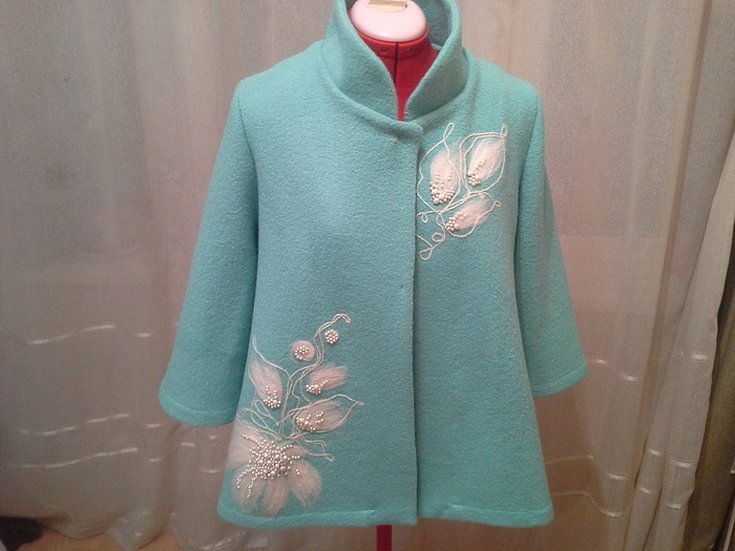
Important! To check, squeeze the edge of the material in your fist. When you unclench your fingers, the fabric should quickly return to its original shape, and there should be no marks on it.
Loden Fabric: How to Work with It
Sewing from loden fabric is extremely simple: it does not fray at the edges, is easy to cut and does not cause any difficulties. However, it is recommended to follow some tips:
- you need to check the fabric for shrinkage and, if necessary, treat it in advance with water or steam;
- It is worth checking whether the material will cling to clothing. If it does, you will have to make a lining;
- you can't hang clothes on hangers, they will stretch out and become deformed;
- The seams should be sealed with non-woven tape for strength.

Care instructions
Due to its characteristics, the fabric requires delicate care, otherwise the item risks becoming deformed:
- it cannot be washed, only cleaned with a dry brush;
- It is not recommended to use cleaning agents;
- If the fabric is completely wet, it should be laid out on a horizontal surface and blotted with a towel, then left to dry completely. It cannot be hung vertically, otherwise the material will stretch;
- If necessary, loden can be ironed on the “Wool” or “Silk” setting, but only from the inside out and through a damp cloth;
- You should store your clothes in a separate cloth or paper bag. It is better to put a moth repellent in the closet.
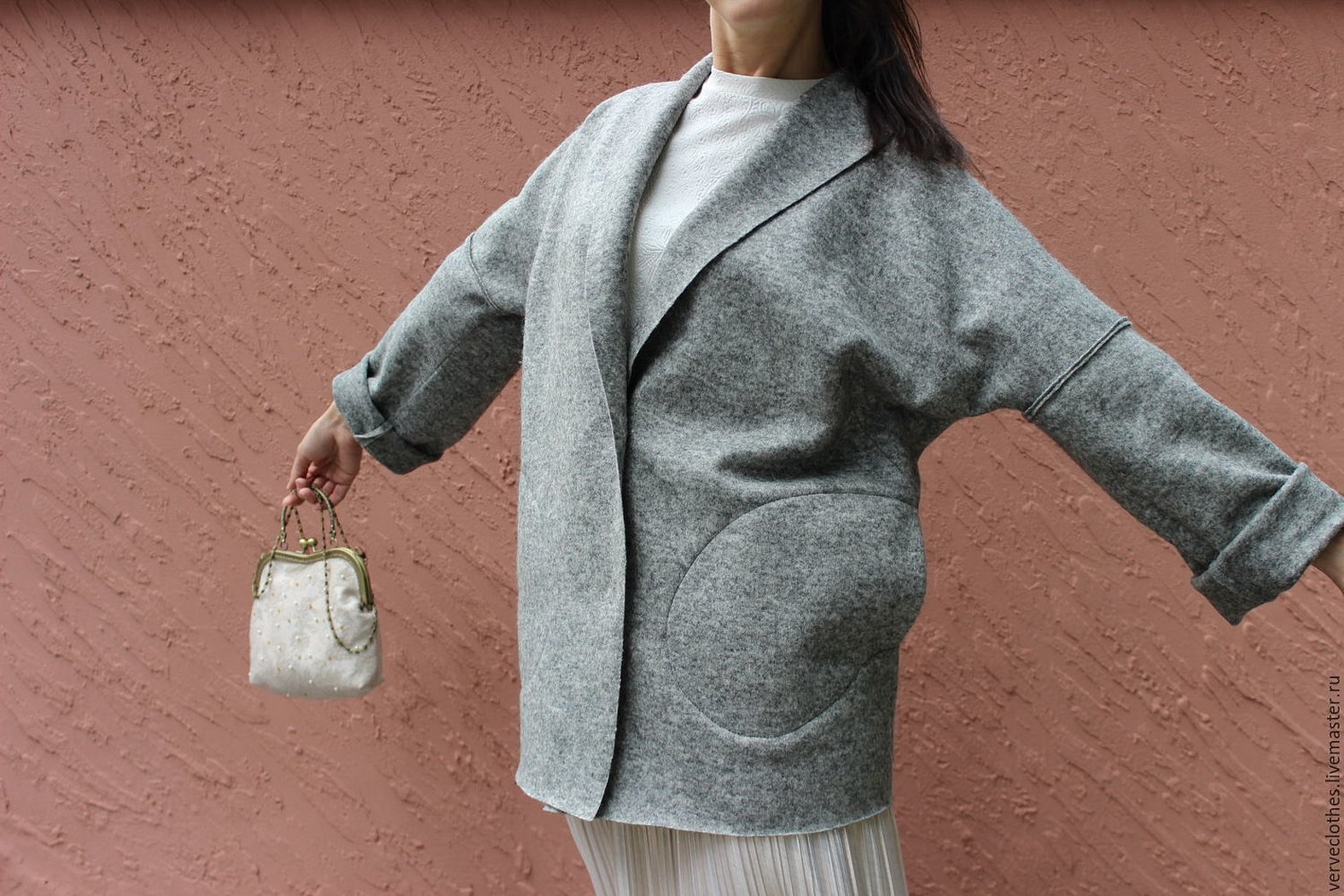
Machine wash
Machine or hand washing of loden is contraindicated, as due to the material's properties it quickly loses its shape and shrinks. If the contamination is severe, it is better to take the garment to a dry cleaner.
Advantages and disadvantages of the material
Loden has a number of advantages. Among them:
- eco-friendliness: it is a completely natural material;
- waterproof: even in heavy rain the fabric does not let water through;
- low thermal conductivity: loden retains heat well, outerwear made from it can withstand even fairly low temperatures;
- air permeability: despite the low thermal conductivity, the material allows air to pass through well, allowing the body to “breathe”;
- pleasant to the touch: loden is quite soft, velvety to the touch, some things from it can be sewn even without lining;
- It is easy to model and sew from: the material holds its shape well, is easy to cut and does not fray at the edges.
Important! Some items made from loden can even be sewn with the seams facing outwards, without finishing them.
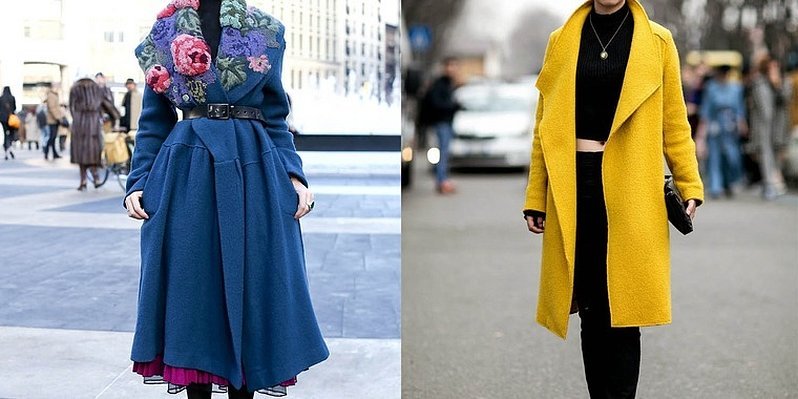
Some of the fabric's disadvantages follow from its advantages:
- Natural wool can cause allergies and itching;
- the material requires delicate care;
- Before sewing, the fabric will need to be decatized - treated with water and steam to cause shrinkage. If this is not done, at the end of sewing it may turn out that the item has dried out and become too small.
Fabrics made from natural materials are always popular, and loden fabric is no exception. It is pleasant and practical, comfortable and beautiful, but requires special care.




